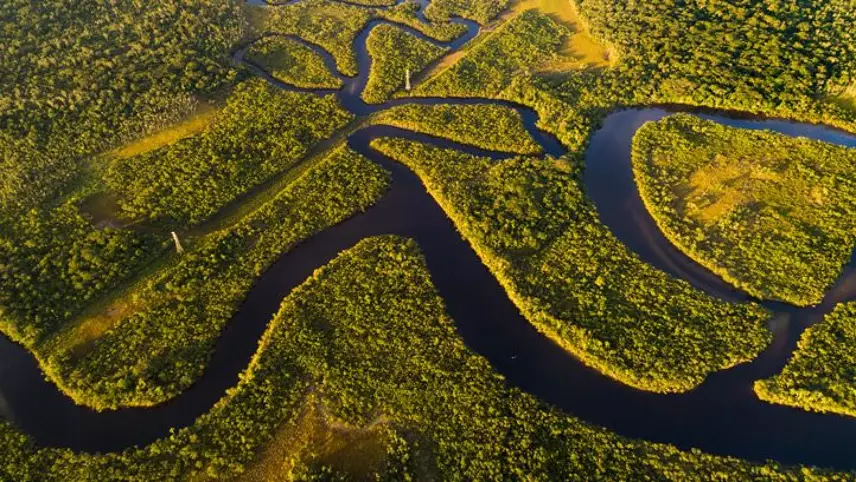One of the key aspects of the 80×25 goal is to expand indigenous right in order to help mitigate the climate crisis and biodiversity collapse
EDIE NET
6 de septiembre, 2022
The Amazon rainforest is facing a “tipping point crisis” as deforestation, degradation and the lack of protection for indigenous people look set to threaten one of the largest ecosystems on Earth, according to a new report warning that action must start now to protect it.
Produced by scientists with the Amazonian Network of Georeferenced Socio-environmental Information (RAISG), in collaboration with the Coordination of Indigenous Organizations of the Amazon Basin (COICA), a landmark new study has revealed that deforestation and degradation have wrecked 26% of the Amazonia region.
With deforestation levels in the region reaching record levels, the new research calls on policymakers to support and implement the “80×25” goal to protect 80% of the Amazon by 2025.
The goal was first introduced in 2021 at the International Union for Conservation of Nature (IUCN) Congress, in Marseille. It received widespread support, including the backing of 32 countries and 541 non-governmental organisations.
One of the key aspects of the 80×25 goal is to expand indigenous rights in order to help mitigate the climate crisis and biodiversity collapse.
The new research warns that discussions at COP26 and the biodiversity COP15 hybrid event and subsequent frameworks that have been established have “systematically omitted the role of indigenous peoples” and how they can inform environmental policy.
Additionally, the research warns that, between 2015 and 2019, 232 indigenous community leaders were killed in the region due to disputes over land and natural resources and that this is failing to be reflected in global frameworks.
Alarming rates
Brazil’s national space research institute has tracked levels of deforestation broadly consistent with last summer, when levels hit a 15-year high. Brazil’s national space research institute, INPE, published new figures from its forest clearing alert system, covering the period between 1 August 2021 and 31 July 2022.
The data revealed that 8,590 square kilometres of deforestation were detected in this 12-month period. This was a 2.3% decrease from the previous year, but this is little cause for celebration because the previous year saw the highest levels of deforestation since 2006. Moreover, the decrease may be smaller than first anticipated – INPE will publish more detailed findings this autumn.
Additionally, INPE recorded a year-on-year increase in the amount of forest affected by degradation and selected cutting, by 15.6%. The primary causes of deforestation and degradation include logging, mining and industrial agriculture, for commodities such as soy.
At COP26 in Glasgow last November, the leaders of more than 100 nations committed to end deforestation and land degradation by 2030 and to enter reforestation by this point if possible. Brazil was not among the initial tranche of signatories but did sign up before the two-week conference ended. Signatories collectively represent more than 85% of global forest cover.

